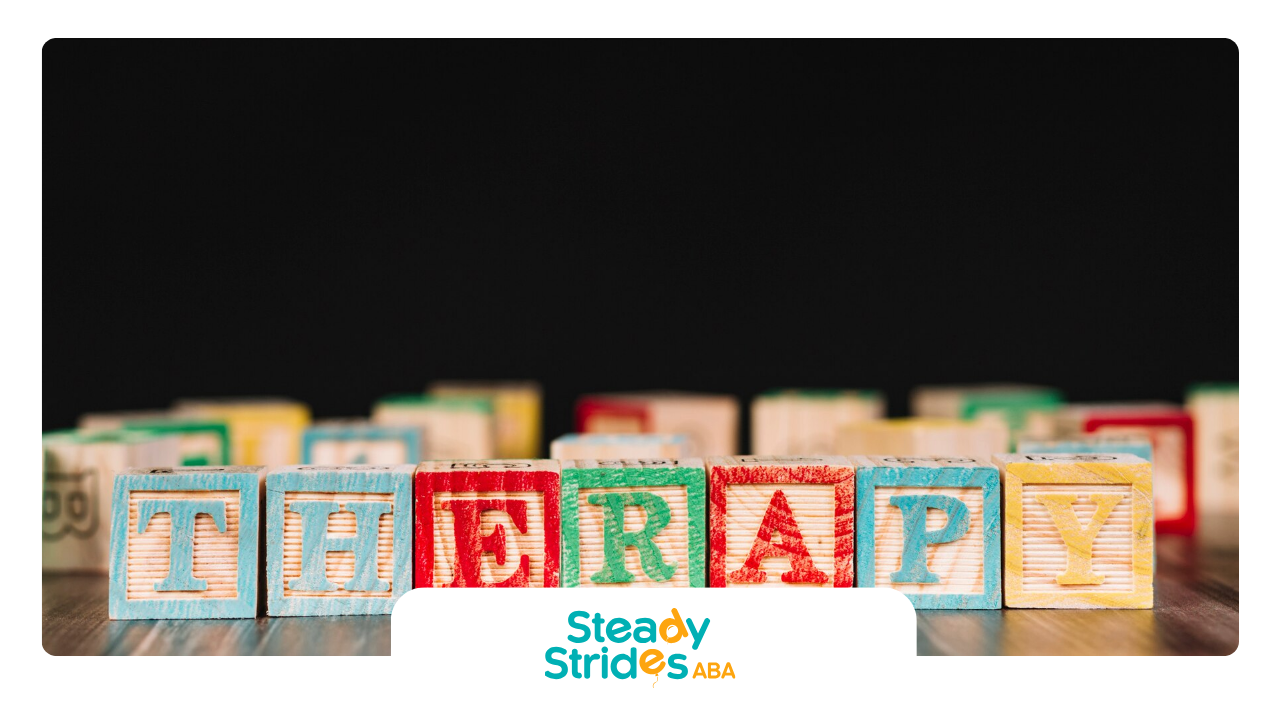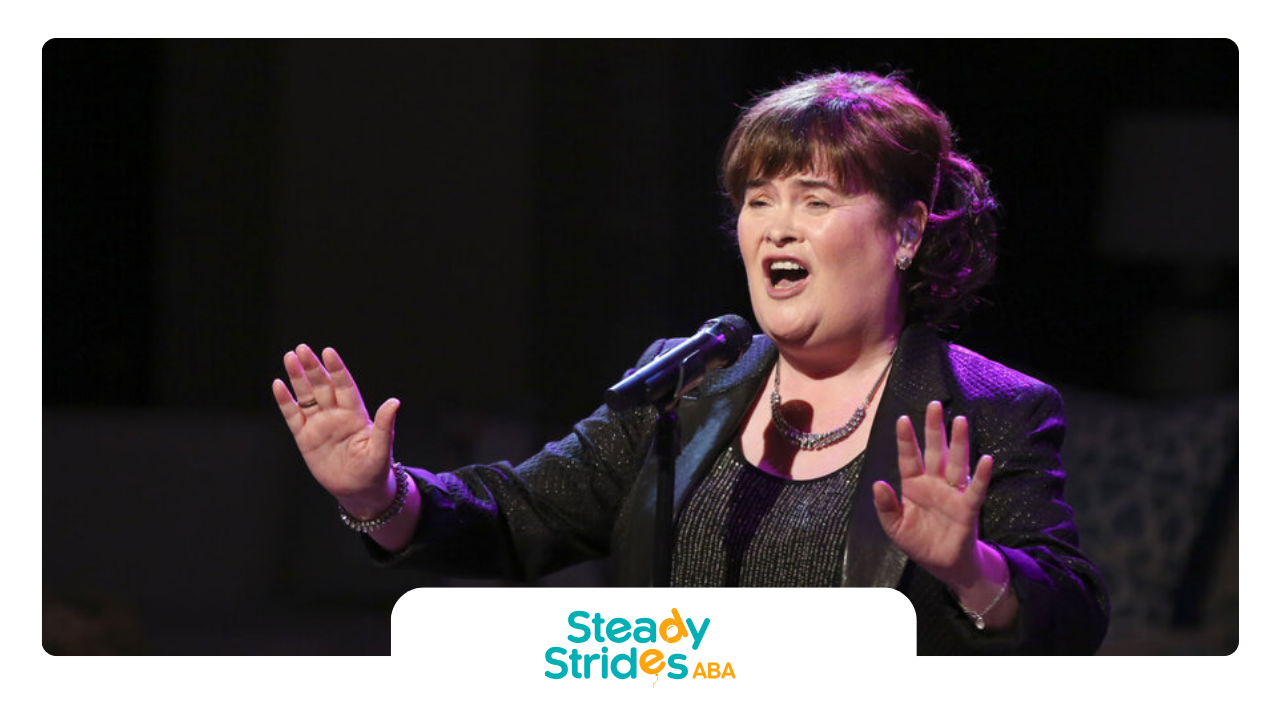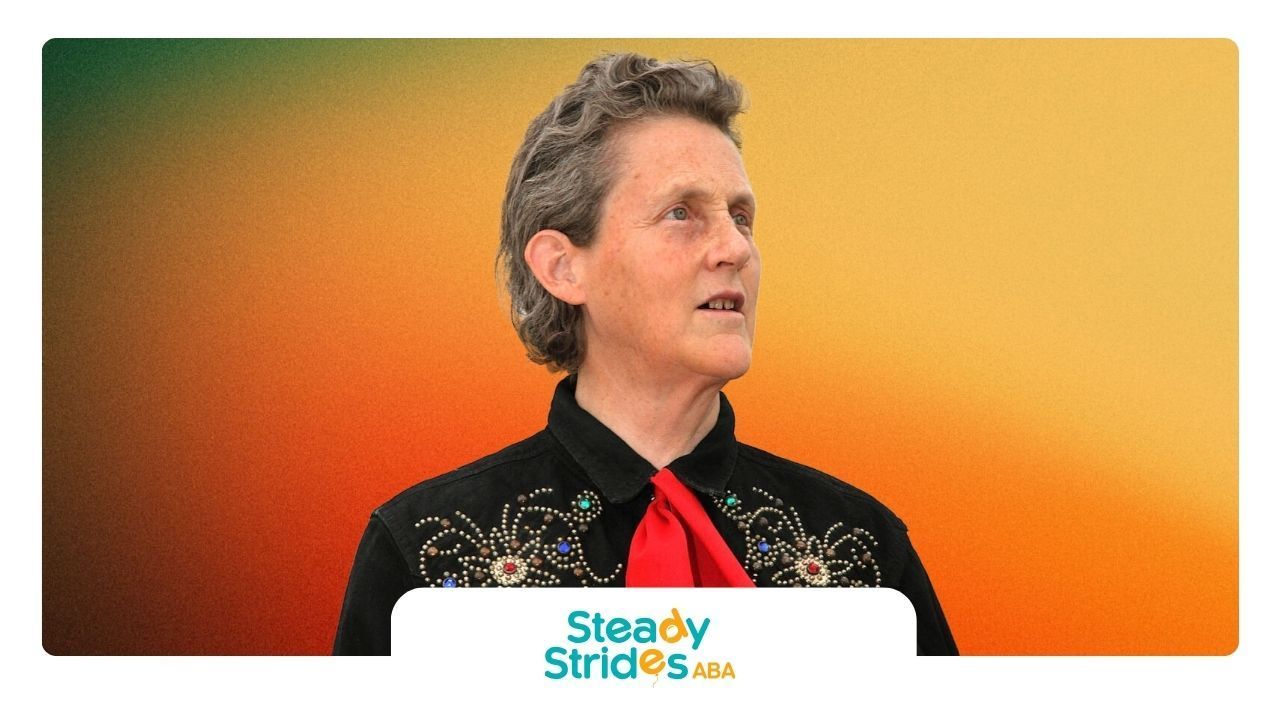Autism is a spectrum, meaning it affects individuals in vastly different ways. Some people exhibit very noticeable traits from a young age, while others may go through life sensing that they’re “different” but never receiving a formal diagnosis. If you’ve ever wondered, “How do I know if I’m borderline autistic?” you’re not alone.
In recent years, many adults—particularly women and people of color—are discovering they may be on the autism spectrum, even though they were never diagnosed as children. This self-discovery often starts with questions about sensory sensitivities, social struggles, rigid routines, or deep interests.
This blog will walk you through what it might mean to be “borderline autistic,” common signs, how to approach self-assessment, and when to seek a professional opinion.
What Does “Borderline Autistic” Mean?
First, let’s clarify something: “borderline autistic” is not an official medical or psychological diagnosis. It’s a term often used informally by individuals who feel they relate to many autism traits but don’t meet the full criteria for an autism spectrum disorder (ASD) diagnosis—or haven’t yet pursued formal evaluation.
In many cases, people who describe themselves this way:
- Exhibit milder traits of autism
- Have learned to mask or hide their differences
- May function well in some environments but struggle in others
- Feel different but unsure if it qualifies as autism
It’s important to remember that autism isn’t a checklist of boxes you either tick or don’t. It’s a spectrum of neurodevelopmental differences that can vary widely in presentation.
Signs You Might Be on the Autism Spectrum
Wondering whether you could be borderline autistic? Here are some common signs and traits that might indicate you’re somewhere on the spectrum. Keep in mind, you don’t need to experience all of them—and they may show up differently in each person.
1. Social Difficulties
- Struggling with small talk or social conventions
- Feeling exhausted after social interactions
- Difficulty understanding sarcasm, tone, or facial expressions
- Missing social cues or being told you're "too blunt" or "awkward"
2. Sensory Sensitivities
- Feeling overwhelmed by bright lights, loud noises, or specific textures
- Having a strong aversion to certain fabrics, smells, or food textures
- Enjoying deep pressure or specific types of sensory input
3. Communication Style
- Speaking in a very formal or factual way
- Difficulty understanding figurative language or metaphors
- Needing extra time to process and respond to questions
4. Routine and Structure
- Preferring predictable schedules and getting upset by changes
- Feeling anxious when plans are disrupted
- Creating rituals or routines to feel more in control
5. Special Interests
- Having intense focus on specific topics or hobbies
- Becoming an expert in an area of interest and wanting to talk about it frequently
- Using these interests as a coping mechanism or source of joy
6. Masking and Camouflaging
- Imitating others to fit in socially
- Rehearsing conversations in advance
- Feeling disconnected from your authentic self after socializing
Why Autism Is Often Missed in Adults
Many adults who realize they may be borderline autistic say they were overlooked during childhood for various reasons:
1. High Masking Ability
Some individuals learn to mimic social behaviors so well that their challenges go unnoticed, even by professionals.
2. Gender Bias
Autism research and diagnostic tools have historically been based on how autism appears in boys, meaning many girls and nonbinary individuals go undiagnosed.
3. Other Diagnoses
People are sometimes misdiagnosed with anxiety, ADHD, depression, or borderline personality disorder (BPD), when in fact, they may be autistic—or experiencing both.
4. Cultural Factors
In some cultures, autistic traits may be interpreted differently or overlooked due to lack of awareness or access to evaluation services.
Self-Assessment Tools and Where to Start
If you're asking yourself, "How do I know if I’m borderline autistic?", you might consider exploring a few tools to guide your reflection.
Commonly Used Self-Assessments:
- Autism Spectrum Quotient (AQ): Developed by psychologist Simon Baron-Cohen, the AQ Test includes 50 questions and is often used as a screening tool.
- RAADS-R (Ritvo Autism Asperger Diagnostic Scale-Revised): A more detailed self-report questionnaire for adults suspected of having ASD.
- CAT-Q (Camouflaging Autistic Traits Questionnaire): This test helps identify the degree to which you may be masking your autistic traits.
While these tools are not diagnostic on their own, they can provide helpful insights and a foundation to discuss with a qualified professional.
What to Do If You Relate to Autism Traits
If you see yourself in the descriptions above and score highly on screening tools, you may want to pursue the next steps:
1. Seek a Professional Evaluation
A licensed psychologist or psychiatrist with experience in adult autism can provide a formal evaluation. This may include:
- Clinical interviews
- Developmental history
- Behavioral assessments
- Cognitive and emotional profiling
2. Read First-Person Accounts
Autistic adults often share their experiences online through blogs, videos, and social media. These stories can provide relatable insight and help you feel less alone.
3. Join Supportive Communities
Look for autism support groups—online or in-person—that welcome self-diagnosed and formally diagnosed individuals. These communities often provide resources, understanding, and encouragement.
Diagnosis vs. Self-Diagnosis
Not everyone chooses to seek a formal diagnosis, and that’s okay. For some, self-diagnosis is empowering, especially if cost, access, or stigma are barriers.
Reasons Some Adults Choose Not to Seek Diagnosis:
- Financial limitations or lack of insurance
- Fear of stigma or discrimination
- Satisfaction with self-understanding through research
- Concerns about misdiagnosis
Whether or not you get a clinical label, validating your experiences and finding the support you need is what matters most.
Coping and Thriving as a Borderline Autistic Adult
If you discover that you relate strongly to autism traits, you might wonder how to navigate the world more effectively. Here are some ideas:
1. Sensory Supports
Use noise-canceling headphones, weighted blankets, or fidget tools to regulate your sensory needs.
2. Routine Building
Creating daily routines can reduce anxiety and provide structure, even if you work from home or have a flexible schedule.
3. Mental Health Tools
If you experience burnout, anxiety, or shutdowns, consider working with a therapist who understands neurodiversity.
4. Accommodations at Work or School
You may be eligible for accommodations such as a quiet workspace, written instructions, or flexible scheduling—even without a formal diagnosis.
5. Self-Compassion
Understanding your brain’s unique wiring can help you replace self-criticism with compassion. You are not broken—you are neurodivergent.
Why Awareness Matters
The phrase “borderline autistic” may not exist in diagnostic manuals, but it reflects a real and growing awareness that autism can present in many subtle, varied ways—especially in adults who were never evaluated as children.
This growing understanding helps break down stereotypes, normalize neurodiversity, and empower individuals to seek support without shame.
Getting Support That Fits Your Journey
Whether you’ve just started exploring the idea that you might be borderline autistic or you’ve been researching it for years, support is essential.
At Steady Strides, we recognize the full spectrum of neurodiversity and are here to help individuals and families explore autism in a respectful, compassionate way. Whether you're considering an evaluation, looking for therapeutic support, or simply trying to better understand yourself or a loved one, we provide personalized services grounded in science and empathy.
Frequently Asked Questions
Is “borderline autistic” a real diagnosis?
No, “borderline autistic” is not an official medical or psychological diagnosis. It’s an informal term used to describe individuals who relate to some traits of autism but may not meet the full diagnostic criteria—or haven’t been formally evaluated.
Can I be autistic and not know it?
Yes. Many people—especially women, nonbinary individuals, and people of color—are diagnosed in adulthood or go undiagnosed entirely due to masking, subtle traits, or lack of access to evaluations during childhood.
Should I get a formal autism diagnosis as an adult?
Getting a diagnosis is a personal choice. It can provide clarity, access to accommodations, and a better understanding of your needs. However, some individuals find validation and support through self-diagnosis alone.
Sources:
- https://www.medicalnewstoday.com/articles/borderline-autism-in-adults
- https://med.stanford.edu/news/all-news/2022/02/autism-brain-sex-differences.html
- https://www.mayoclinic.org/diseases-conditions/borderline-personality-disorder/symptoms-causes/syc-20370237
- https://autism.org/autism-and-anxiety/
- https://pmc.ncbi.nlm.nih.gov/articles/PMC3134766/












